Strong comprehensive service capability: Amazon TOP10 brands supplier, perfect quality control system.Fast proofing: 2 days for regular proofing, 6 days for custom proofing

Did you choose the right outdoor backpack? Take a look at the insider's buying guide.
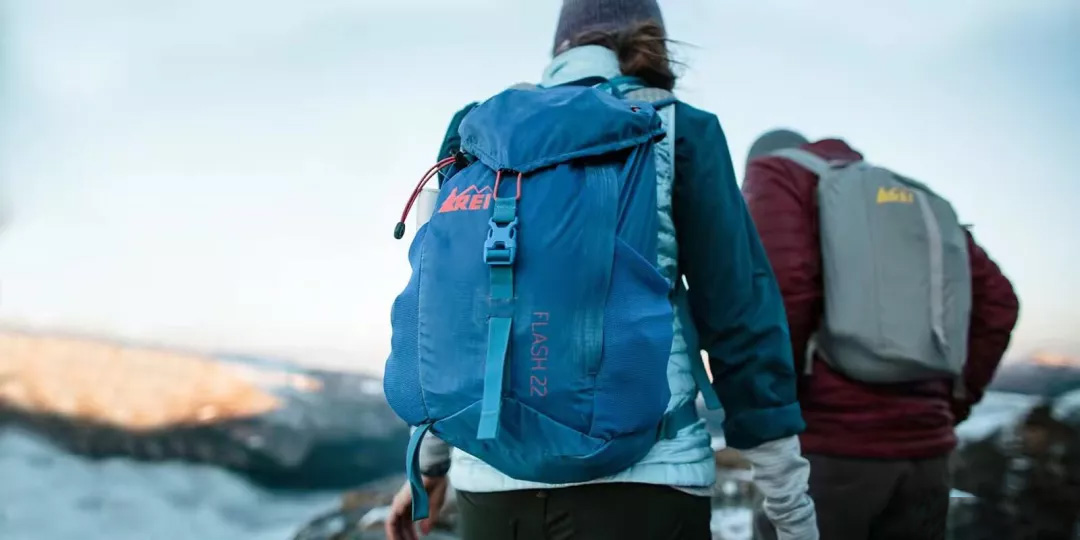
For any outdoor activities that require carrying equipment, you need a backpack. At first glance, all backpacks on the market look similar, but they actually have many functional differences. To figure out which backpack is best for you and which backpack you need most, consider the following four aspects:
-Scenario: In which occasion and activity to use, you can determine the required backpack function. -Capacity: The amount of equipment you need to carry determines the capacity of the backpack. -Function: Factors such as the structure type and loading form of the backpack determine the functions and utility provided by the backpack. -Fit: Torso size and hip circumference are the most important fitting factors.
Determine the type of backpack according to the event scene
The best and fastest way to determine the backpack you need is to find a backpack designed specifically for the event scene you are participating in. The following are the main activity scenes and some functions of the required backpack:
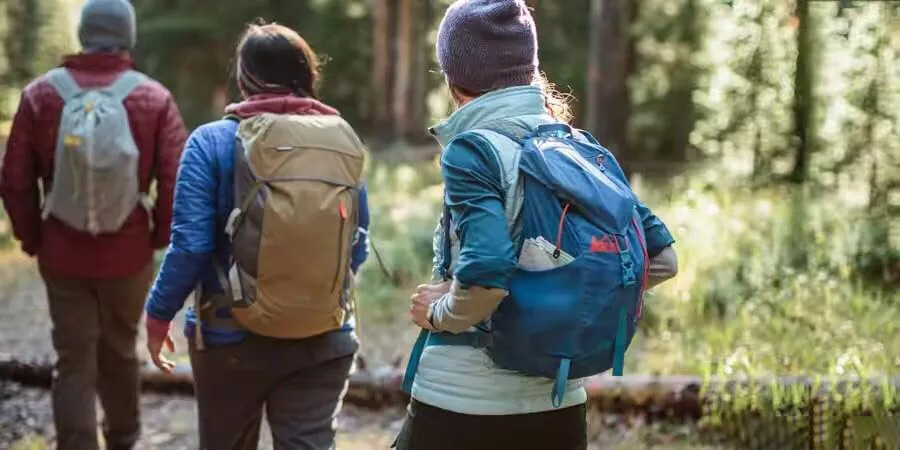
Hiking:-In the hiking scene, almost all backpacks need water storage design, and there are water bottle pockets on both sides of the backpack;-Different torso size options and different suspension designs can help you choose a backpack that fits your body.
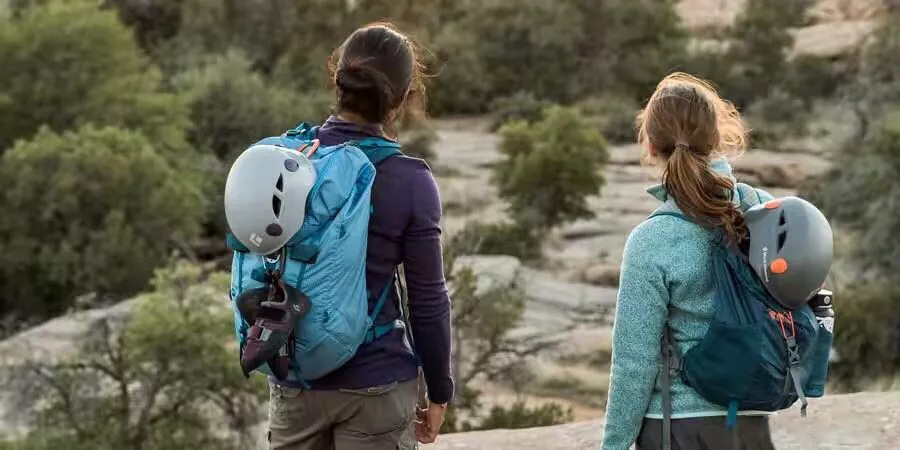
Rock climbing, mountaineering:-The long and narrow profile backpack makes it easier for you to move without obstacles when climbing;-The backpack with a padded back panel or frame board can help climbers maintain comfort under high load conditions , They usually have a frame structure to help the load concentrate in the center of the buttocks and reduce the load feeling;-including special functions such as ice axe ring, climbing iron ring and tightening device for lashing device;-reinforced fabric material has Helps reduce wear and tear;-Some hiking bags are suitable for backcountry skiing/snowboarding.
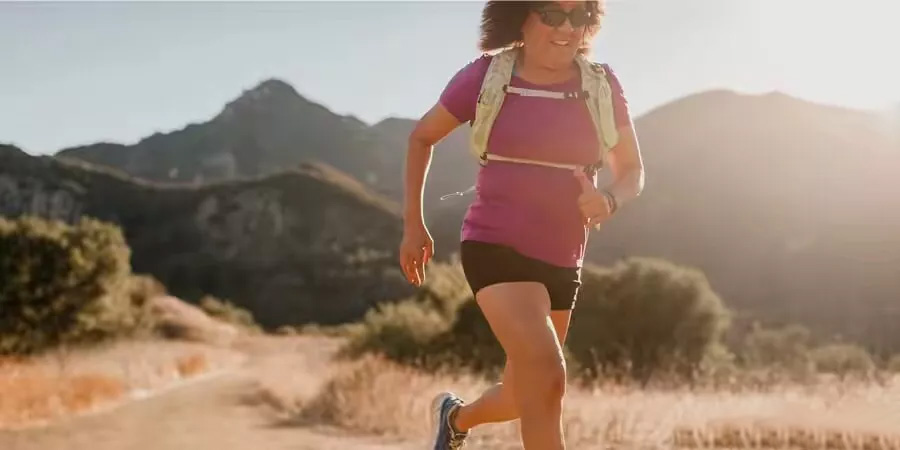
Running:-Waist packs, water bottle bags, running vest bags or tactical commuter backpacks are all good choices;-These bags are mainly designed to limit the shock and discomfort caused by the shaking of your backpack while running;-The location of the pocket is convenient for loading and taking snacks Food;-Most vests and backpacks are compatible with water storage equipment.
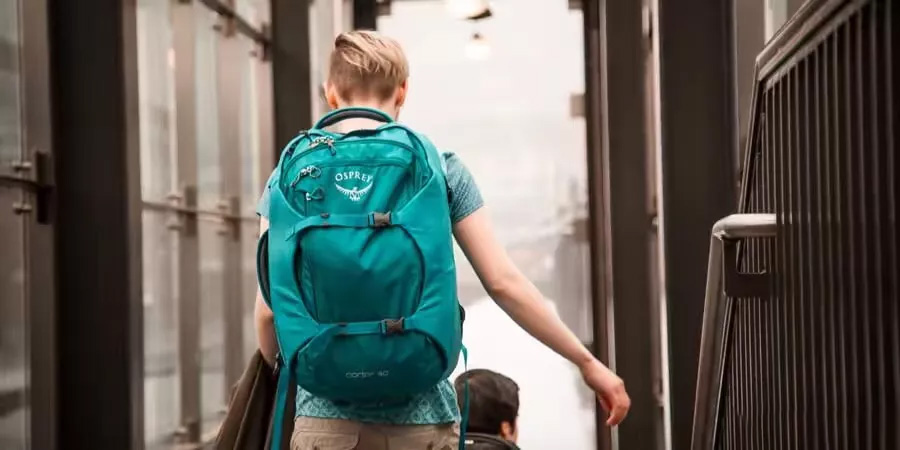
Traveling, going to school, commuting:-The backpack in the above scene should have the function of sub-functional areas, such as: laptop sleeves, dividers, independent compartments and partitions for small items;-many travel bags should have front openings, Rather than opening at the top, it is convenient to take things;-Some backpacks are equipped with double zippers, which can be used to lock the travel;-Some backpacks have a special design that allows you to put away the straps to prevent security checks at airports or train stations or other scenarios The belt is clamped by the conveyor belt;-Most sizes meet the carry-on baggage guidelines-Although designed for travel, most are very suitable for school or work.
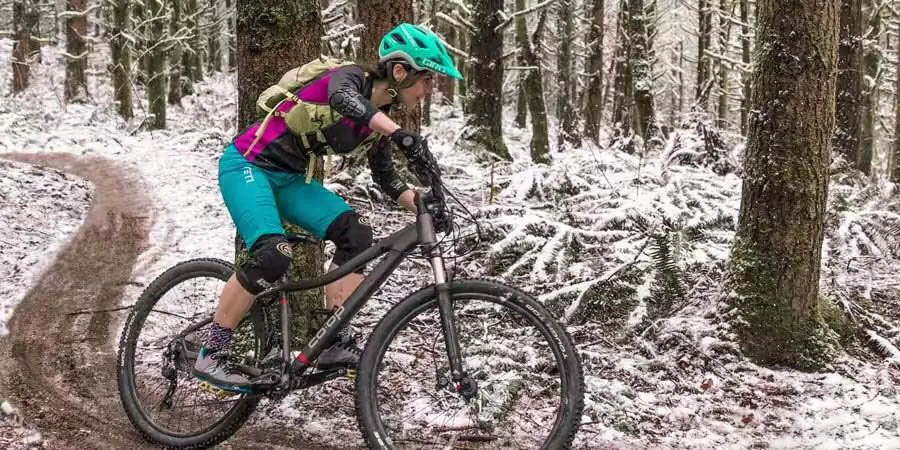
Road and mountain biking:-The road bike bag has a compact, flat and low profile design, which makes it light and stable without causing great wind resistance;-The mountain bike bag should usually be larger to accommodate additional riding equipment, such , Clothes and bicycle tools;-some are designed for commuting, including laptop cases and storage grouping functions-most have flat and tightened belts that will not hinder your pedaling-most should have water storage Design of device or kettle placement.
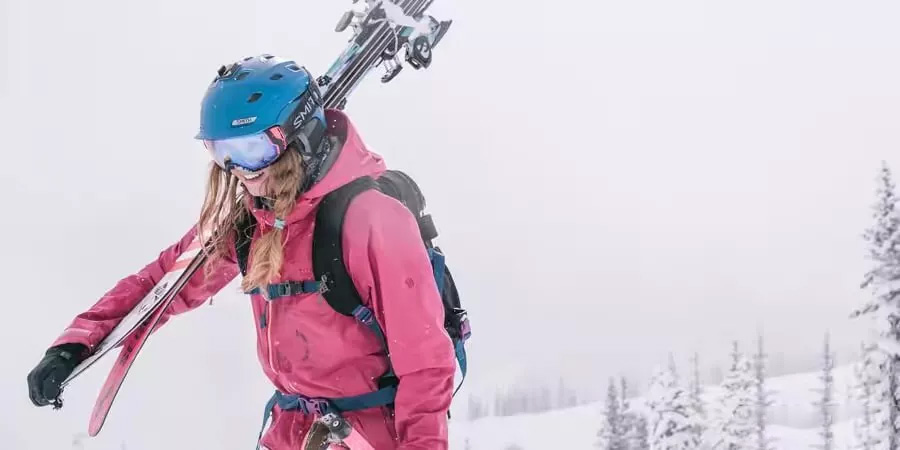
Ice and snow sports:-This kind of backpack should be relatively narrow, allowing you to move around unimpeded in the ice and snow scene;-Need a chest strap and waist belt to prevent the backpack from swinging;-In addition to a simple backpack, this type of backpack should have some connections Design, you can hang skis, snowboards and/or ski shoes on the backpack;-There is a reinforced fabric on the edge of the ski and the crampons to avoid wear;-Most of them should have a safe configuration to ensure your snow shovel and The probe will not scratch yourself and others;-It should be equipped with water storage equipment and provide insulation design to prevent water from freezing.
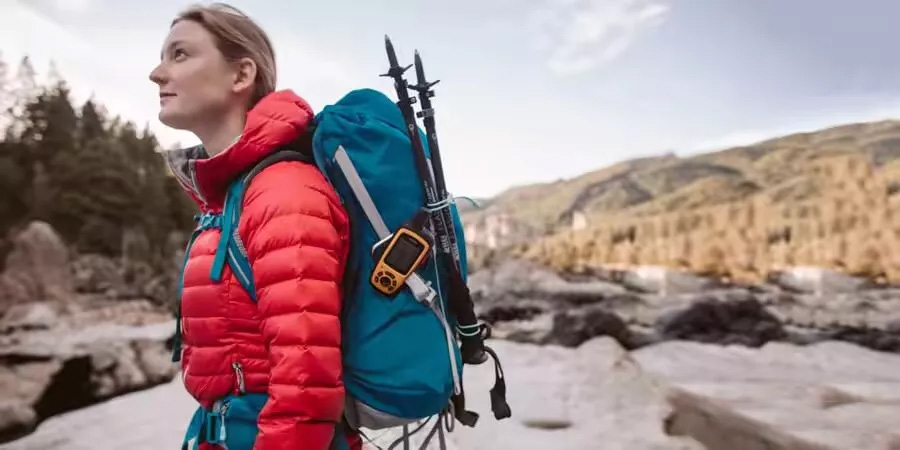
Backpack: If you are a minimalist and like simple equipment, then a tactical backpack can handle a short day and night trip. -Its padded back and waist belt can adapt to the pressure of the backpack more comfortably;-The internal frame has one or two aluminum supports to withstand heavier loads.
Backpack capacity
Backpack capacities vary greatly. When you are evaluating what size backpack you need, you can carefully review the list of equipment you need to carry for this event. Can your backpack hold the jacket you need? Can it provide you with enough snack space for the length of your trip? And, most importantly, is it enough to hold Ten Essentials?
The following are some considerations for backpack capacity selection:
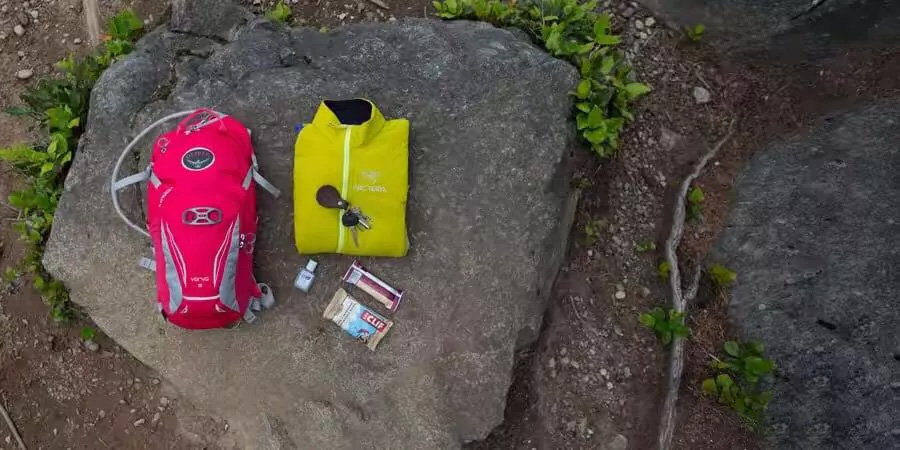
10 liters or less: Most of these small bags are designed for light pursuits, such as running, road biking and very short hikes. Their compact and flat design helps reduce the load of the journey, and only provides equipment for some essentials, such as an ultra-light jacket, some energy bars, water and keys.
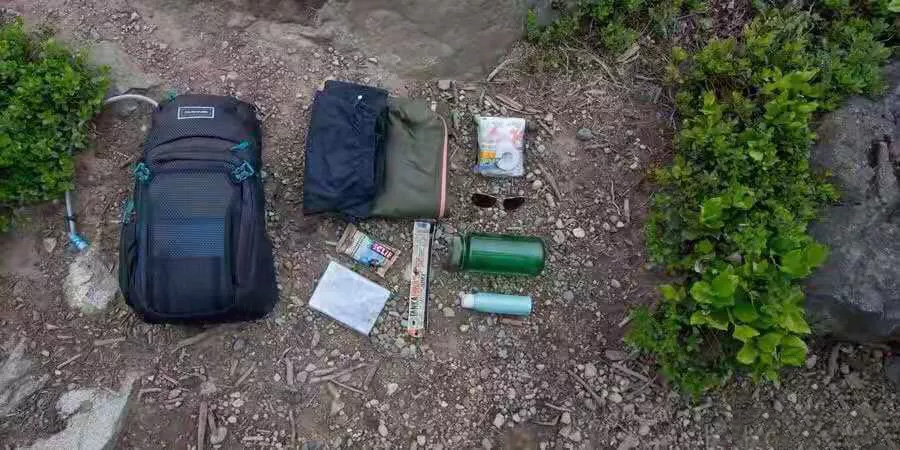
11-20 liters: These compact backpacks are usually used for hiking, mountain biking, running or traveling. These bags should have some functional layers or pockets, and their capacity should allow you to bring some extra food and equipment for a day trip.
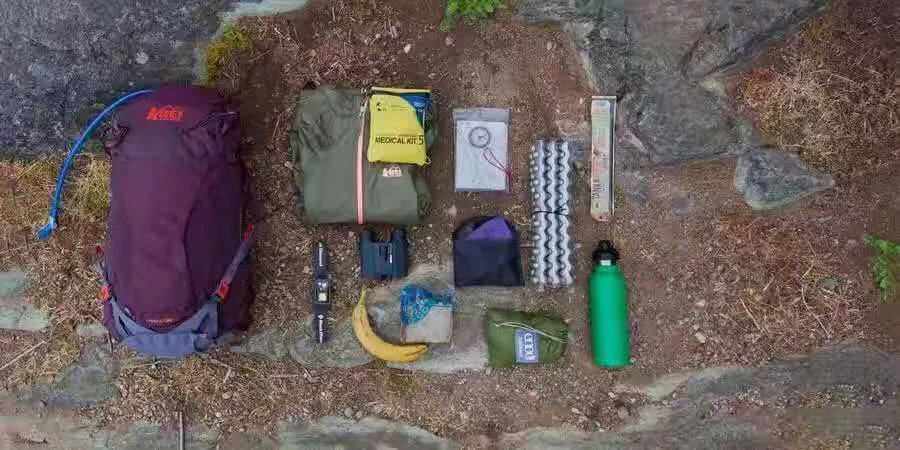
21-35 liters: This capacity backpack is the best choice for most hikers and travelers. There is enough capacity to store food, clothing and some extra items such as cameras and books.
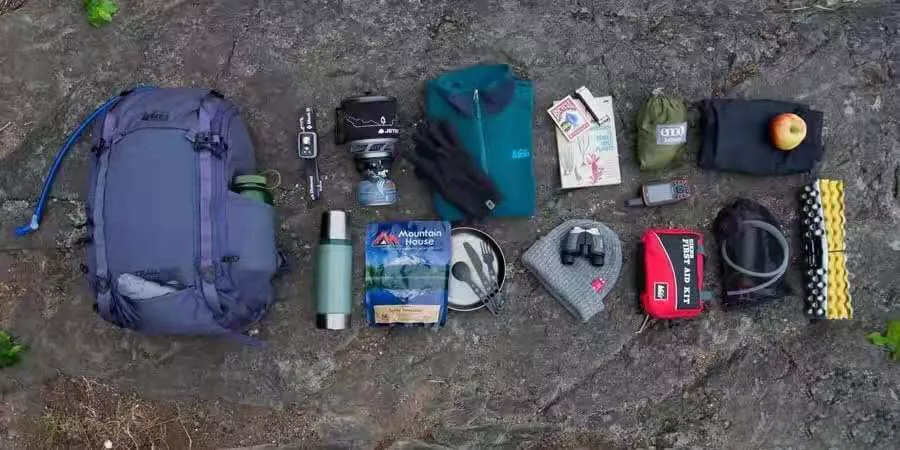
36-50 liters: These larger backpacks are ideal for journeys that require additional clothing and equipment, such as rock climbing, mountain climbing or non-summer trekking. Usually, parents who need to bring clothes and equipment for their children will choose one of them. This large backpack can also be used for overnight activities, of course, if you already have ultra-light and compact equipment.
Backpack function
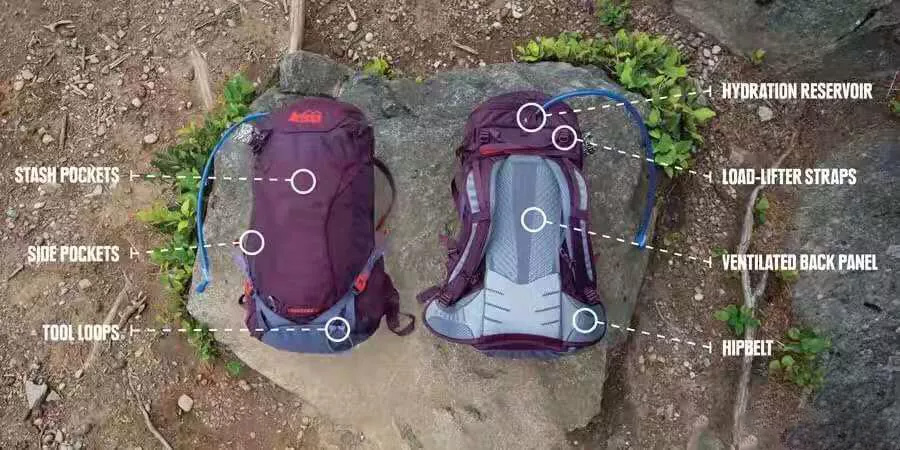
Backpack frame type
-Internal frame: Many backpacks have an internal frame to help support the weight of the backpack. Some packages are equipped with plastic frames to increase the lightweight structure and reduce the weight of the entire package. Aluminum rods are also used as a frame to support the load. The more compact the frame, the more weight the backpack can usually handle. -Frameless: Frameless packaging tends to be light and compact, and can adapt well to the shape of the back. However, their flexibility is usually not enough to support the weight of the backpack, so backpacks without an internal support frame are suitable for lighter loads.
Loading form of backpack
-Upper opening: Most backpacks are top-mounted designs. This design is suitable for you to find equipment without having to dig through the boxes, or if you have very little equipment, or if your packaging is very organized and is packed in the order of use. Some backpacks with top openings will provide an expandable top cover, allowing you to expand the capacity and equip more equipment when needed. -Front opening: Backpacks with front openings (sometimes called fabric panel channels) provide a main storage space that can be accessed via a U-shaped zipper. When fully opened, a fabric panel can be removed like a flip. When you are looking for certain equipment and supplies, you can easily find and organize them in an orderly manner. This type of bag is suitable for light hikes and travel. -Bottom opening: Some backpacks include a bottom channel in addition to the top or front opening. This allows easy access to the equipment or clothing at the bottom of the backpack without having to take out everything first. -Side opening: Such an opening is usually a supplement to the top or front access, just like the bottom channel, it allows you to more easily access the equipment and clothing in the equipment.
Water storage equipment
Almost all professional backpacks have an internal sleeve into which you can put water storage bags and tubes (water storage equipment is usually sold separately). Backpacks that include water storage equipment are usually labeled as "water bags."
Additional features
-Hanging mesh back panel: Some backpacks have a ventilated back panel made of mesh. The structure allows the backpack to be separated from your back, allowing stable air flow to counteract the occurrence of a backpack directly on the back Post-sweating syndrome. -Rain cover: If there is rain during your trip, this is a good equipment. Some bags will have a small dedicated pocket equipped with a rain cover. -Sleeping bag compartment: Some larger backpacks have a sleeping bag compartment at the bottom of the backpack. Ultra-light backpackers can fill this position with sleeping bags, but if it is only used during the day, it can hold some lightweight and compressible equipment for easy access.
Backpack fit
A suitable backpack should:-The size of the backpack is suitable for your torso length (not your overall height)-The shape of the backpack can fit your hips comfortably
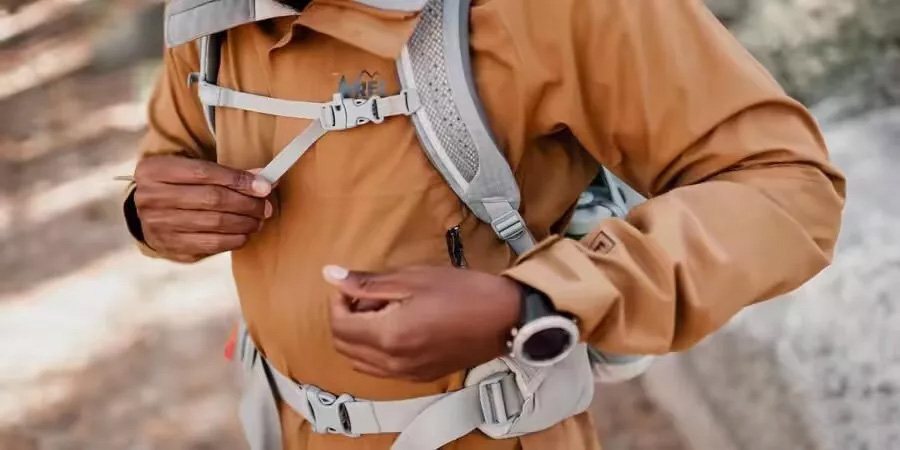
If you are in a store, you can try several bags to find a comfortable bag. If you cannot visit the store, please ask a friend to help you confirm the torso and hip size. Torso length: Some packages come in multiple sizes, from small to large, suitable for various torso lengths. This of course varies by manufacturer and gender. When trying to pack, position the waist belt so that the bottom edge of the backpack is about a finger width above the top of the hip, and then observe how the shoulder belt falls on your back and shoulders. If there is a gap at the top of the shoulder, the backpack may be too long for your torso. If the strap is still a certain length before your back, or the top is still on your back, then the backpack may be too short. The size of the torso of some backpacks can be adjusted, allowing you to fine-tune the fit. If you have been struggling to find a backpack that fits your figure, please consider using a backpack with an adjustable torso size. If you want to share this bag with someone, or if you are buying a suitable backpack for your growing child, this adjustable bag is a good choice. Waist size: The belt on the backpack is usually suitable for various hip sizes from 20 inches to 40 inches. When trying a backpack, just make sure the waistband is loose enough or fit enough to fit comfortably on your hips. Backpacks for women: The torso dimensions of these backpacks are usually shorter than men's or unisex backpacks. The contours of the waist and shoulder straps are related to the female body structure. Because women’s bags are smaller in size, they are usually also suitable for young hikers.
Additional backpack adjustment design
Load lifting belt: Some larger backpacks have load lifting belts. These are stitched to the top of the shoulder straps, and they are attached to the top of the packaging frame. Ideally, they will form a 45° angle between the shoulder strap and the backpack. When kept comfortable (but not too tight), they can help prevent the upper part of the backpack from pulling away from the body, which will cause the backpack to sag in the waist area. Sternum strap: Most backpacks have this middle chest strap, which can be connected to the shoulder strap to improve stability. This can be useful when traveling on uneven terrain, as awkward movement can cause your backpack to move to the side and make you lose your balance.